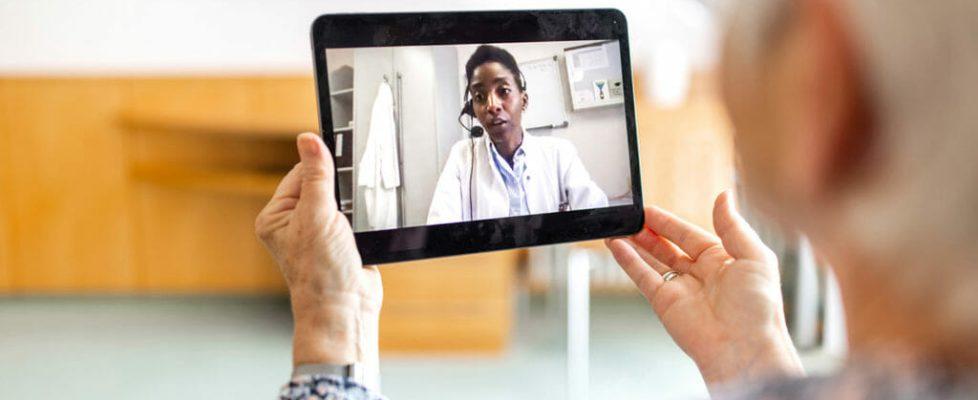Senior living faces unique challenges in implementing widespread telehealth use
The relative independence and health of senior living residents compared with other long-term care recipients likely affect the use of telehealth in independent living and assisted living communities, but an author of a new study tells McKnight’s Senior Living that opportunities exist for such communities to save money, increase resident satisfaction and improve care delivery to residents through telehealth.
In a national survey of 7,000 doctors, nurses and other healthcare providers by West Health Institute researchers in San Diego, only 14% of respondents reported using telehealth to serve older adults in assisted living and independent living communities compared with 47% in skilled nursing facilities and outpatient clinics, 33% for home-based care and 53% in hospitals/inpatient facilities.
Telehealth could be a ‘great solution’ for assisted living
Due to the nature of independent living and assisted living communities, according to lead author Liane Wardlow, PhD, senior director of clinical research and telehealth at West Health, residents often have their own healthcare providers, making telehealth implementation more difficult.
Along with losing economy of scale, Wardlow told McKnight’s Senior Living, it also would be challenging for staff members to set up a telehealth workflow for those different providers due to their use of various emergency medical records systems, technology and apps.
“This also means that it’s less clear what the business case is for the assisted living facility or independent living facility to promote the use of telehealth,” Wardlow said.
Residents in independent living and assisted living also are the initiators of interactions with providers, unlike residents of other long-term care settings, where an attendant or nurse typically initiates the visit on behalf of the older adults.
“This leaves the use of telehealth to each older adult in assisted living facilities and independent living facilities, rather than creating a systematic change at the level of the organizations,” Wardlow said, adding that independent living and assisted living residents typically are healthier than nursing home residents, so their need for urgent or emergent care tends to be less frequent.
But, she said, many situations exist that could make telehealth a “great solution” for independent living and assisted living communities.
Such communities, Wardlow said, could hold education sessions for residents on how to use telehealth, offer technical support, provide a private room with high-quality technology for telehealth visits, and partner with local providers and / or health systems to encourage higher use of telehealth.
“These changes could reduce their transportation costs if they’re providing transportation to medical appointments, increase the number and types of providers available to residents and increase resident satisfaction,” Wardlow said.
Healthcare providers perceive telehealth as ‘dangerous’
Overall, the survey found that more than 60% of clinicians believe that the use of telehealth is “dangerous” for older adults due to their complex medical needs. The survey also found that 63% of providers believe that telehealth is unrealistic for many older adults due to their physical or cognitive challenges.
“I was shocked that so many clinicians believe it’s not safe to use remote care with seniors who have complex medical histories or disabilities,” Wardlow said in a news release. “Our telehealth infrastructures must be designed to account for these factors. The greatest danger of all would be to exclude older patients from remote care.”
Wardlow said that she also found it “alarming” that most clinicians who responded to the survey said that people “over a certain age” can’t be cared for well using telehealth.
“To agree with such a general statement about older people is a red flag that may indicate some level of age bias,” Wardlow said. “These findings tell us loud and clear that healthcare providers need better support, more education and specialized guidelines to provide effective and equitable telehealth to older patients.”
The online survey was conducted in March to help researchers understand how clinicians are using telehealth to care for older adults, as well as perceived challenges and benefits of telehealth. Survey respondents included physicians, nurse practitioners, nursing professionals, physician assistants, mental / behavioral health providers, or occupational and physical therapists.

